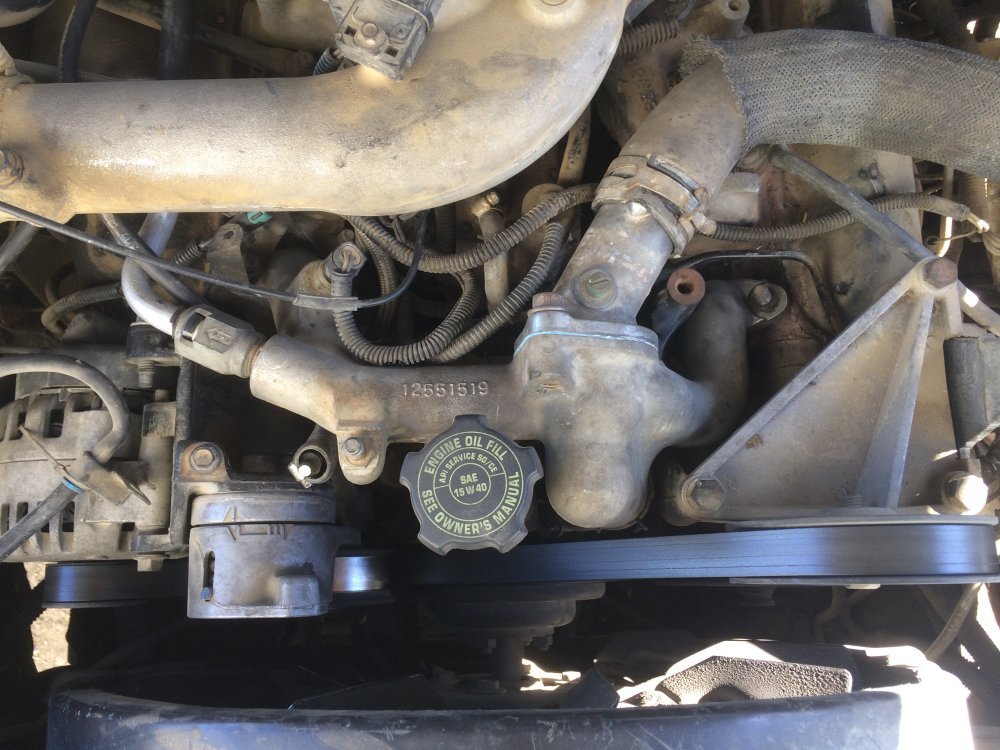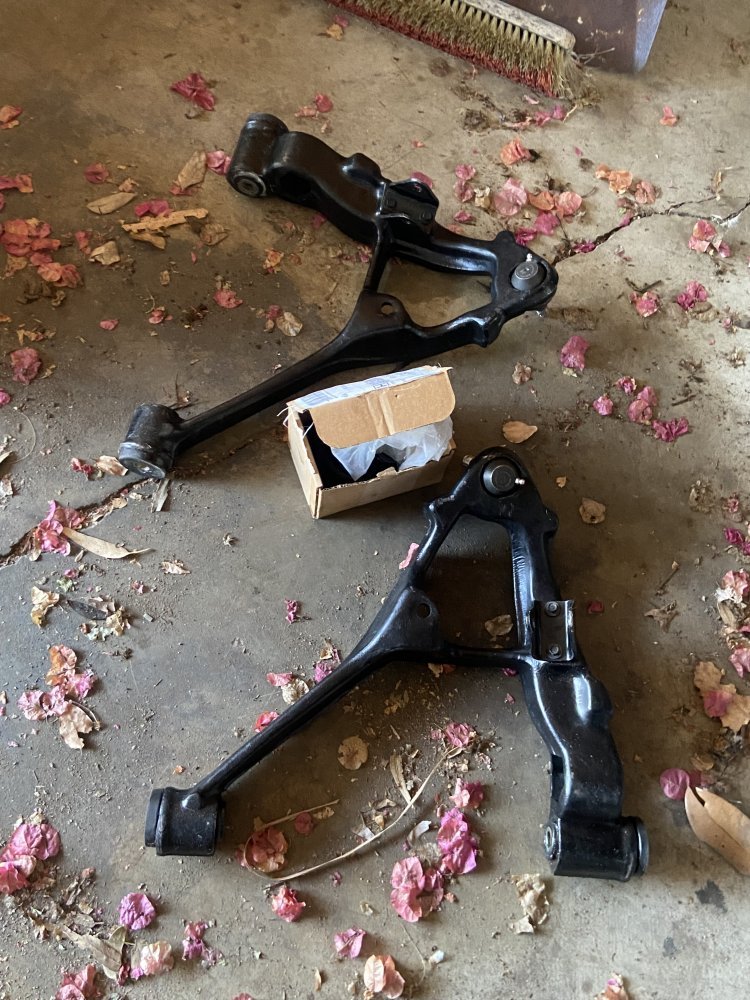Husker6.5
135' diagonal 16:9HD, 25KW sound!
IF I had one, I'd definitely post pictures of it. Hence, per my post above, I'm going diving through 100+ issues of DieselPower magazine to find the article on the 6.5 build that used the rare large single stat crossover, as I know there pics of the crossover.Hmm mine must be the rare one then, from looking at pics of them. But your description of the rare style a few post up doesn’t seem to match the pics I’m finding, could you include pics?


